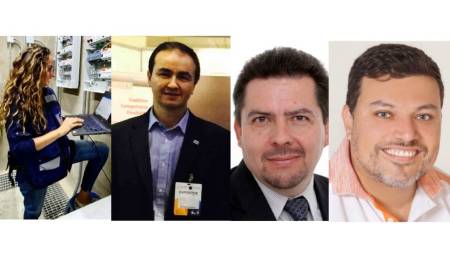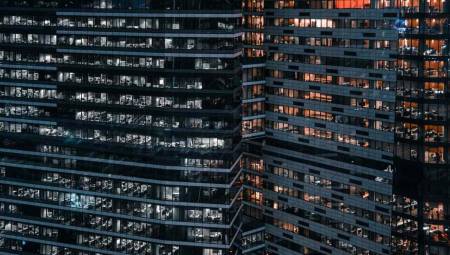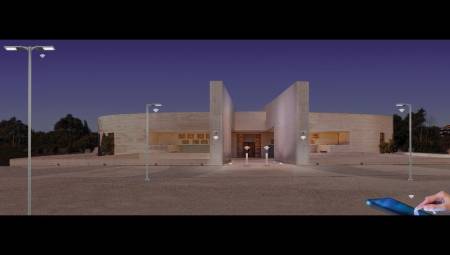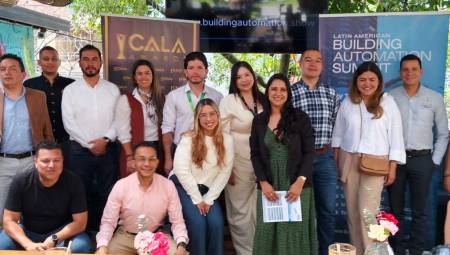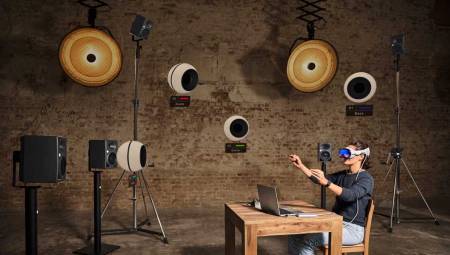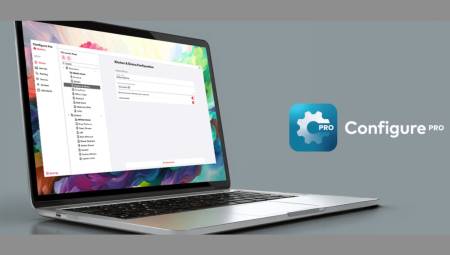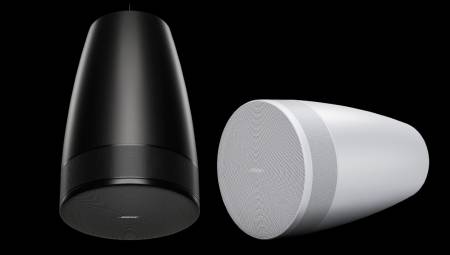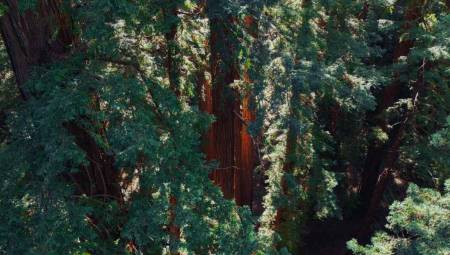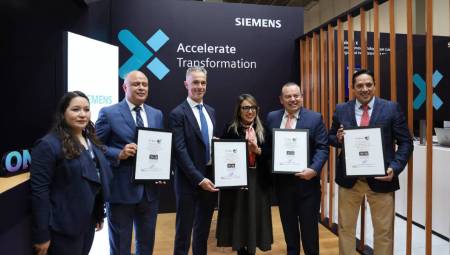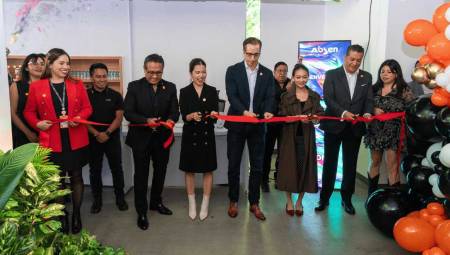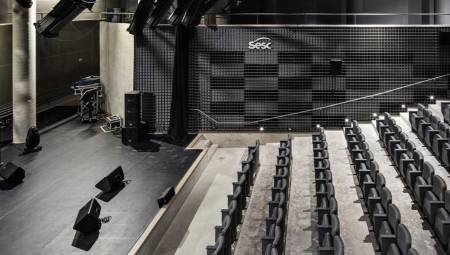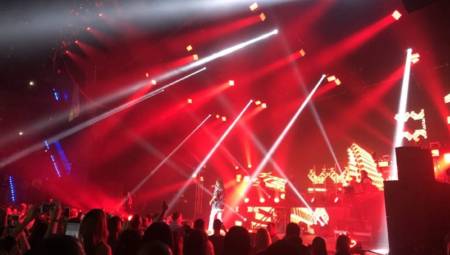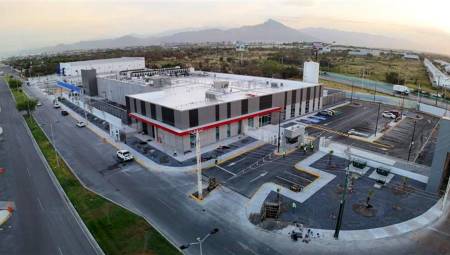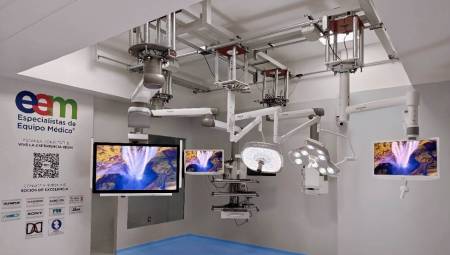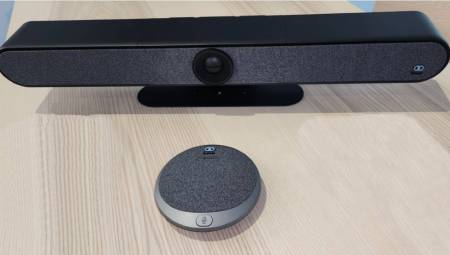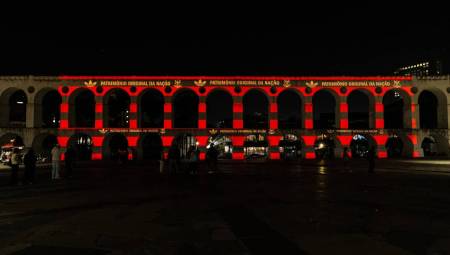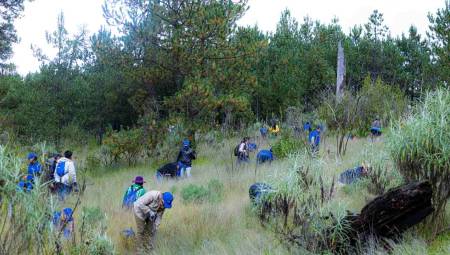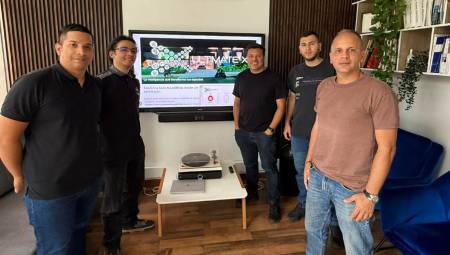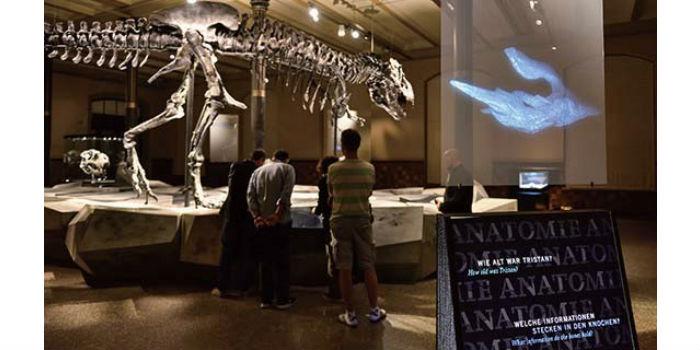 International. The Natural History Museum of Berlin (Museum für Naturkunde) celebrated having reached the figure of one million visitors to the exhibition of "Tristan", the famous skeleton of the only Tyrannosaurus Rex exhibited throughout Europe. The room that houses the famous guest is equipped with eleven Casio LampFree projectors that make viewers live a didactic and interactive experience.
International. The Natural History Museum of Berlin (Museum für Naturkunde) celebrated having reached the figure of one million visitors to the exhibition of "Tristan", the famous skeleton of the only Tyrannosaurus Rex exhibited throughout Europe. The room that houses the famous guest is equipped with eleven Casio LampFree projectors that make viewers live a didactic and interactive experience.
With more than 66 million years in tow, the skeleton of "Tristan", which measures 12 meters from the tip of its nose to the tail, arrived at the Natural History Museum in Berlin from the US state of Montana and has been exhibited to the public since the end of 2015, standing between the pillars of one of the rooms of the museum, whose construction dates from the nineteenth century.
The museum staff developed a sophisticated communication concept so that all visitors could get all the necessary information about the famous Tyrannosaurus Rex. To do this, in the first place, a lighting system was designed that makes the skeleton look a silver tone that facilitates the contrast and identification of each of its bones. And as a complement, a system of displaying images on transparent screens was installed in which LampFree projectors play a fundamental role.
Floating animations
Distributed in the room, there are five pedestals on which an equal number of translucent vertical screens are held. In them, animations are projected that reveal the different scientific secrets that a specimen of the stature of Tristan contains. Thanks to the use of translucent screens, the images seem to float above the air and allow the real skeleton to be seen in the background, which offers a more complete context to visitors. Five LampFree XJ-A257 projectors from the Slim line are used in this installation.
A surprise at the feet of "Tristan"
The twelve meters of fossilized bones that form the T-Rex stand on a large podium manufacturing in concrete that presents a rocky appearance. On this podium there are six showcases that apparently only exhibit simple replicas of bones, however, when visitors discover the sensor that invites them to learn more about the dinosaur, the showcases come to life, are filled with light and display images that explain more details about the life of the protagonist of the room.
Each of the six showcases houses a LampFree XJ-UT310WN ultra-short throw equipment, which projects the images on the transparent surface of the showcase, to which a special film was applied to increase the contrast and facilitate the reading of the texts.
The choice of Casio LampFree to accompany the T-Rex
Valentin Henning, Media Engineer at the Natural History Museum, worked with a team of twelve people to create the informative concept for the "Tristan" exhibition. The use of screens and translucent showcases was one of the first decisions made when designing the sample, so they required projectors that were light, turned on quickly, did not generate heat and offered long hours of uninterrupted operation.
"The fact that the light source of LampFree projectors can last around 20,000 hours without needing to be changed was one of the reasons we looked to Casio to technically support our exhibition," explains Valentín Henning.
The exhibition is designed to remain unchanged for at least three years, during which it will be very difficult for projectors to require any adjustment or maintenance. But yes, in the course of time, new discoveries are made in the research that scientists carry out on the skeleton, it will be enough to update the sample information from a computer connected via WLAN to the projectors to upload new files to the internal memory of the LampFree.
The future of the exhibition
More than a million visitors, extraordinary comments and the recognition of curators and museographers from other institutions have left a great satisfaction to the team of the Natural History Museum in Berlin. For their part, the researchers of the museum itself, together with scientists from the Leibniz Institute for Evolution and Biodiversity Research, have made new findings on the anatomy of the skeleton, especially in the jaw area, which are not yet disclosed, but which will surely be part of the exhibition as soon as they are made known to the public.







